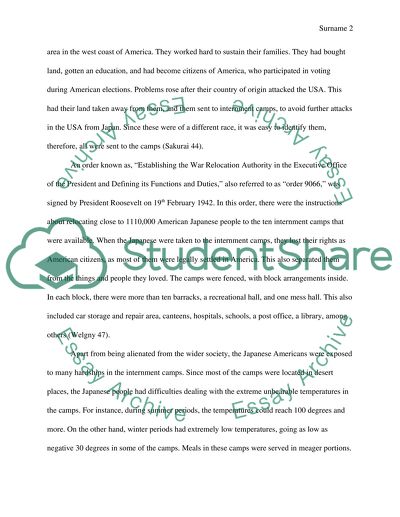Cite this document
(“Justifying the Japanese Internment Camps Term Paper”, n.d.)
Justifying the Japanese Internment Camps Term Paper. Retrieved from https://studentshare.org/history/1467353-justifying-the-japanese-internment-camps
Justifying the Japanese Internment Camps Term Paper. Retrieved from https://studentshare.org/history/1467353-justifying-the-japanese-internment-camps
(Justifying the Japanese Internment Camps Term Paper)
Justifying the Japanese Internment Camps Term Paper. https://studentshare.org/history/1467353-justifying-the-japanese-internment-camps.
Justifying the Japanese Internment Camps Term Paper. https://studentshare.org/history/1467353-justifying-the-japanese-internment-camps.
“Justifying the Japanese Internment Camps Term Paper”, n.d. https://studentshare.org/history/1467353-justifying-the-japanese-internment-camps.


